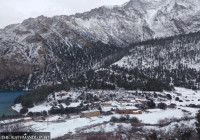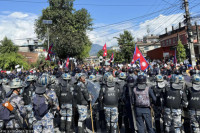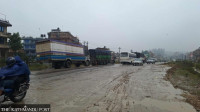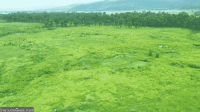National
Sikta Irrigation Project: Team submits probe report to anti-graft body
A government committee formed to identify the cause for repeated collapse of main canal of the Sikta Irrigation Project has submitted a copy of its report to the Commission of Investigation of Abuse of Authority (CIAA) to aid the anti-graft body’s ongoing investigation into the case.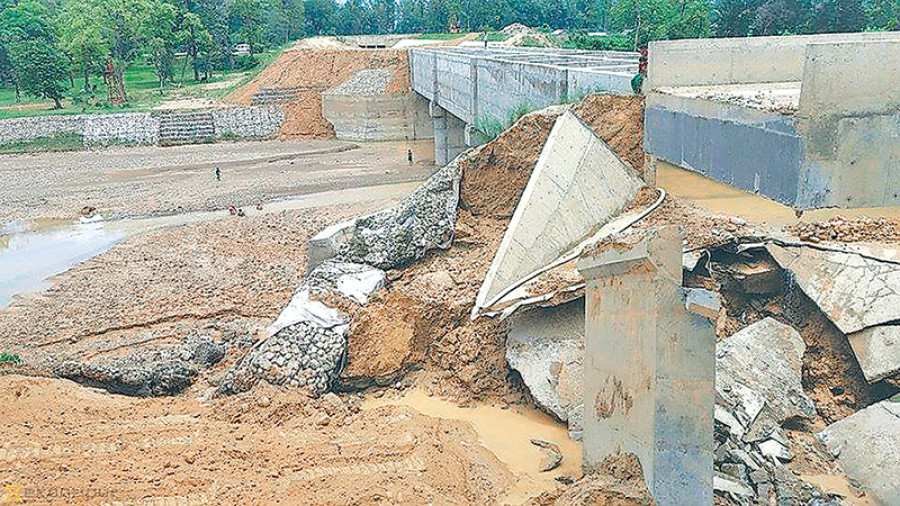
A government committee formed to identify the cause for repeated collapse of main canal of the Sikta Irrigation Project has submitted a copy of its report to the Commission of Investigation of Abuse of Authority (CIAA) to aid the anti-graft body’s ongoing investigation into the case.
The five-member committee, formed on August 9 under Joint Secretary at the Ministry of Energy, Water Resources and Irrigation Sushil Chandra Tiwari, submitted its report to Minister for Energy, Water Resources and Irrigation Barsaman Pun on Friday after a field study.
“We also submitted a copy of the report to the CIAA as demanded,” said Tiwari at a press meet organised to make public the finding of the study. After questions were raised about the quality of the canal after its repeated collapse, the anti-graft body had formed a probe team on August 10 headed by a joint secretary. The CIAA team also conducted field study as part of the investigation into the issue.
As Sikta is one of the National Pride Projects, the CIAA has accorded high priority to the issue, according to Spokesperson for the anti-graft body Rameshore Dangal. “All necessary resources are being mobilised to investigate the case,” he said.
The panel’s report blamed the dispersiveness of soil as the cause of the repeated collapse of the main canal.
The canal was built on such soil because the past feasibility studies did not mention anything about that, according to the report. Although soil was tested during design and construction of the canal like in other projects, the dispersiveness of soil and potential impact on the canal from such soil was not estimated, it added. The panel found that voids have been created on the canal as the clay dissolved in water at 20-35km section of the 45-km long canal.
According to ministry officials, three separate feasibility studies had been carried out before the construction of the canal began. All those studies failed to spot the presence of dissoluble soil.
Germany’s Lahmeyer International GmbH had first conducted the feasibility study of the project in 1980. The Department of Hydrology and Meteorology then conducted a further study in 1983. In 2004, the Irrigation Development Programme under the European Union submitted a detailed feasibility study, stating that the project is technically, economically and socially feasible. Under the EU project, individual consultants were employed to conduct study. “Problems appeared only after soil was disturbed and water came into contact of clay,” said an official at the ministry. However, in its 55th annual report, the Office of the Auditor General has stated that despite clear presence of dissoluble soil on the surface, its identification, analysis and treatment were not conducted before constructing the canal.
Beside dispersive soil, the structure of the canal is being damaged by the floods originated in small streams due to lack of proper management of sediment deposition in the streams. Mining of sands, pebbles and stones has been prevented in the streams that originate in the Chure area which also falls under the Bardiya National Park. Weak contract management and lack of timely repair and maintenance of the canal aggravated the problem, the report says
The government panel has recommended strengthening the canal’s structure with couter-berm and retaining wall by using non-dispersive soil as well as preparing a cover with appropriate soil to stop rainwater from entering the canal.
Appropriate management of sediments, controlling streams, strengthening of cross drainage in the canal, additional spillway in the canal, storage of non-dispersive soil and chemical measures like pozolona grouting are other measures needed to be taken, according to the report.




 18.12°C Kathmandu
18.12°C Kathmandu